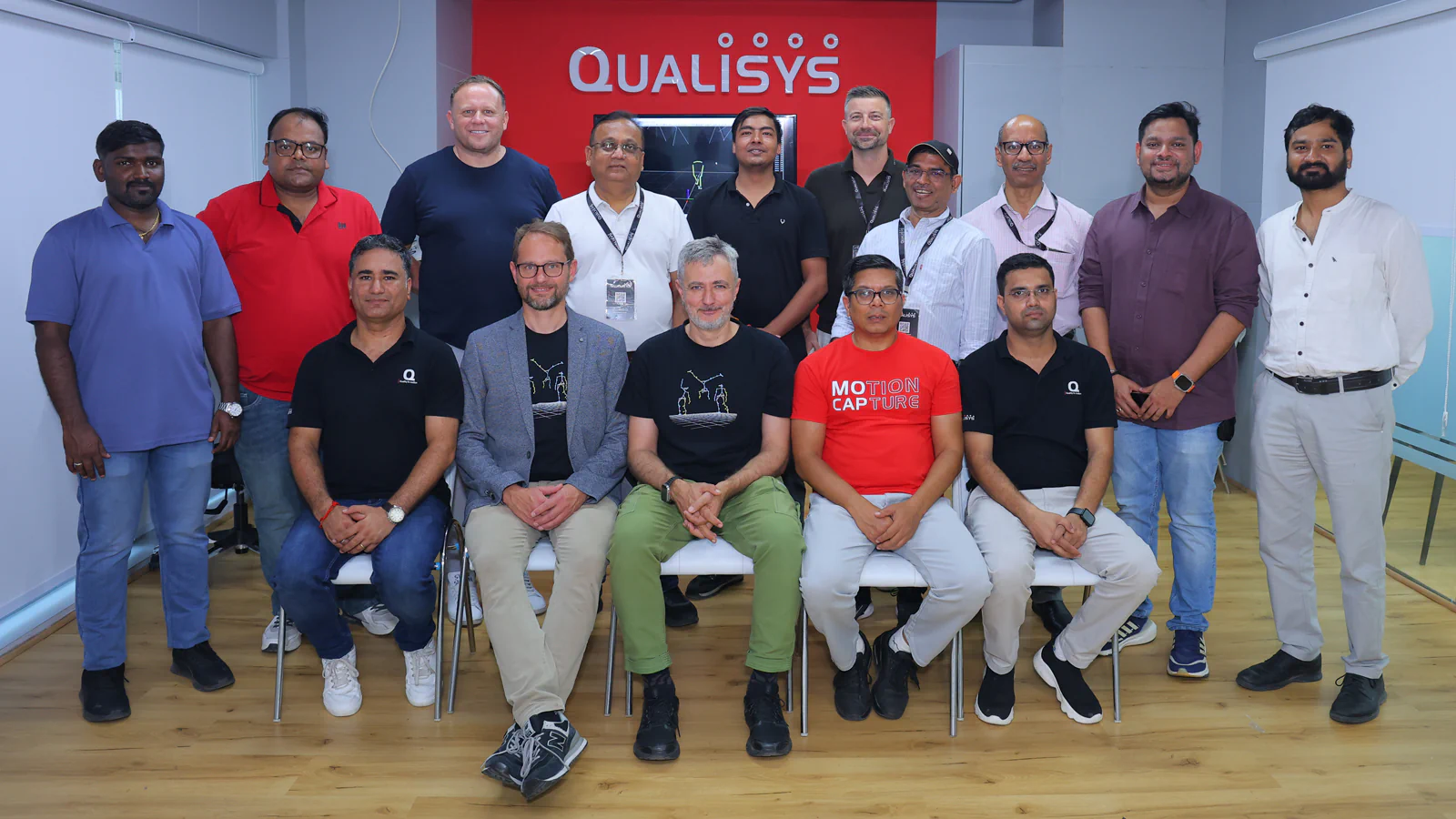As Professor Carlo De Luca stated, “to its detriment, electromyography is too easy to use and consequently too easy to abuse.” (The Use of Surface Electromyography in Biomechanics, 1997). So, how can we rectify this? Education. Through learning and appreciating factors and concepts behind the application of electromyography (EMG), we can better guide our use of technology and further the exploration of neural control.
A key step for understanding the application of EMG is to explore the fundamental constructs that govern signal acquisition, processing and analysis. Dr Jennifer Martay (Anglia Ruskin University, UK) and Dr Hugo Martay have created interactive tools to introduce the basics of EMG data acquisition and analysis.
The simulation tool allows for initial users to further visualise how the EMG trace is created from the action potential that propagates the muscle fibres. Further factors influence the recorded EMG signal. The roles of intrinsic and extrinsic factors can be further explored in the relevant research paper.

About Dr Jennifer Martay
Dr. Martay is a Senior Lecturer at Anglia Ruskin University. Her background is in orthopedics, clinical and sports biomechanics. She’s interested in how healthy people move in everyday and sports activities, as well as potential mechanical factors which might cause diseases such as osteoarthritis.
Interactive Tools
Useful Links
For further content on an introduction to electromyography, and other factors that influence signal acquisition.





